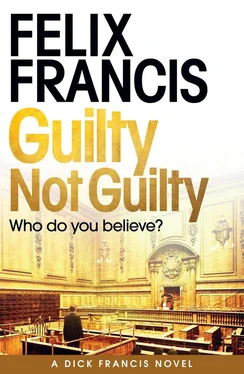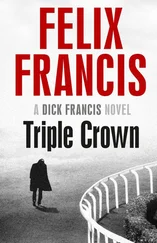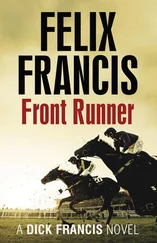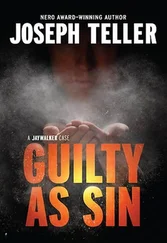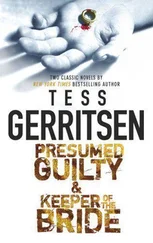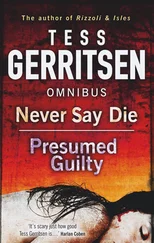The next witness was a police forensic specialist who testified that he had examined the remains of the Fiat at the breakers yard and had obtained samples of white paint found on the rear of the vehicle. He had further found, by chemical analysis, that the paint was identical to that used on long-wheelbase Ford Transit vans.
An office employee of Joe Bradbury’s High Court enforcement company then told the jury that Joe had signed out one of their vehicles on the day in question, a long-wheelbase white Transit van, and the vehicle had then been sent by Mr Bradbury direct to their regularly used body shop for repair after he had informed the company that it had been driven into by a disgruntled loan defaulter.
Next, another police specialist, this time in IT, gave evidence to show that ANPR cameras had recorded the passage of the van along the M40 motorway from London to Banbury, and mobile phone records had shown Joe Bradbury’s phone connecting to a mast near Hanwell village just before the supposed time of the collision.
Finally in this sequence, my friend Mr Constance, the orthopaedic surgeon, appeared to describe the injuries that he had encountered on my arrival at the John Radcliffe Hospital.
‘He’s a very lucky man,’ said the surgeon, turning towards where I sat at the back of the courtroom. ‘And particularly as he had been in that car all night before being found. Any sudden movement, even involuntary, during that time would have likely severed his spinal cord rendering him, at best, paralysed.’
‘So do you consider,’ said the prosecutor, ‘that, in your expert opinion, the injuries sustained by Mr Gordon-Russell were life-threatening?’
‘Absolutely,’ said Mr Constance. ‘There is no doubt in my mind that more than ninety per cent of people would have died in those circumstances. Mr Gordon-Russell must have the constitution of a horse.’
Oh, no, he’s wrong there , I thought. Horses, for all their great bulk, are very delicate creatures; but we all knew what he meant.
The eel had been mostly conspicuous by his absence during this string of testimonies, only briefly rising to ask the police forensic specialist to speculate on how many vehicles on British roads had that same white paint as a Ford Transit van, but now he stood up again.
‘Mr Constance,’ he said. ‘Are you saying that the injuries sustained by Mr Gordon-Russell are consistent only with there having been an attempt on his life? Could the same injuries not have been caused by an accidental collision with the tree caused only by his own excessive speed?’
‘Yes, of course.’
‘Thank you, Mr Constance. No further questions.’
The eel sat down and the surgeon was dismissed by the judge.
The final strand of the prosecution’s case concerned the murder of Amelia.
One of the other detectives on the case gave evidence, playing on the court televisions the CCTV footage from a petrol station near the Banbury motorway junction, in which Joe Bradbury was clearly shown filling his black Nissan with fuel. The time and date on the footage indicated that he was there at 8.20 a.m. on the morning Amelia died.
The same detective then told the jury that the emergency call from Joe to report his sister’s death was taken at 10.17 on that same morning. He further stated that the distance between the petrol station and the Old Forge in Hanwell had been measured by him at precisely 4.2 miles.
The prosecutor didn’t need to ask him why he thought it had taken Joe almost two hours to cover such a small distance by car. I could tell from the faces of the jury that they had worked that one out for themselves.
Next up was a forensic scene-of-crime officer who testified that he had attended the house in Hanwell on the morning of the murder.
He explained how he had examined the broken lock on the back door, damage he considered consistent with a violent forced entry into the premises from outside. He also described how he had obtained DNA swab samples from the body of the victim and from various surfaces in the kitchen.
‘And what did those samples reveal?’ asked the prosecutor.
‘DNA from three different individuals was found on the kitchen surfaces. Comparison with known profiles has allowed me to identify those individuals as the victim, her husband and the defendant.’
‘From just three individuals, you say?’ asked the prosecutor. ‘Was there any other person’s DNA present?’
‘No, sir.’
‘And how about on the body?’
‘Swabs taken from the victim’s skin provided just two profiles. That of the victim and another of the defendant.’
‘From whereabouts on the body were the swabs taken?’
‘From the exposed skin,’ said the forensic officer. ‘From the hands, face and especially round the neck.’
‘And where exactly on the victim’s skin was the defendant’s DNA found?’ asked the prosecutor with a rather smug look on his face. It is said that no barrister should ever ask a question in court to which he doesn’t already know the answer, and the prosecuting barrister in this case clearly did.
‘On the neck.’
‘And did you also take swabs from the ligature used as the murder weapon?’
‘Yes, sir, I did.’
The prosecutor waiting expectantly and waved a hand to the witness in encouragement to go on.
‘DNA from both the victim and the defendant were present on the leather dog lead.’
‘Thank you, officer,’ said the prosecutor. ‘No further questions.’
The eel was quickly to his feet.
‘But would it not be the case,’ he said, ‘that you would expect the defendant’s DNA to be present on the victim’s neck and on the ligature if he had been attempting to remove the dog lead from around his sister’s throat?’
‘I couldn’t say,’ said the forensic officer. ‘My job is only to determine if DNA is present, not to speculate on how it got there.’
‘They’ll surely find him guilty after all that,’ I said to DS Dowdeswell over another coffee.
‘I very much hope so,’ he replied somewhat hesitantly. ‘But it’s all rather circumstantial.’
‘There’s surely nothing circumstantial about Joe’s DNA being all over Amelia’s neck,’ I said.
‘That’s true but, according to his defence statement, he found your wife dead with the dog lead already in place. He claims that he broke in through the back door to try and remove it, and that is how his DNA would have been transferred to both her neck and the lead.’
‘What do you mean by his defence statement?’ I asked.
‘Before the trial starts, the prosecution have to disclose to the accused all the evidence they have, along with the list of any prosecution witnesses. They also have to disclose anything that might help the accused or undermine their own case, even if they don’t intend to raise it at the trial. Basically, the prosecution have to disclose everything they know.’ The sergeant didn’t sound like he much approved of the practice. ‘Then the accused has to deliver a document back to the prosecution outlining his intended line of defence, including any defence witnesses he will be calling. That document is what’s known as the defence statement.’
‘So what else does Joe’s defence statement say?’
‘On the theft, he says that his mother knew about the payment and it was a gift from her to him for all his help in selling the house.’
‘But that’s nonsense,’ I said.
‘You know it and I know it, but that’s what he will be telling the jury. And, on the attempted murder, he claims that no collision ever took place and you simply must have crashed into the tree by going too fast round the corner.’
‘How about the white paint found on the back of the Fiat, and the fact that his mobile phone was in the Hanwell area at the same time?’
Читать дальше
